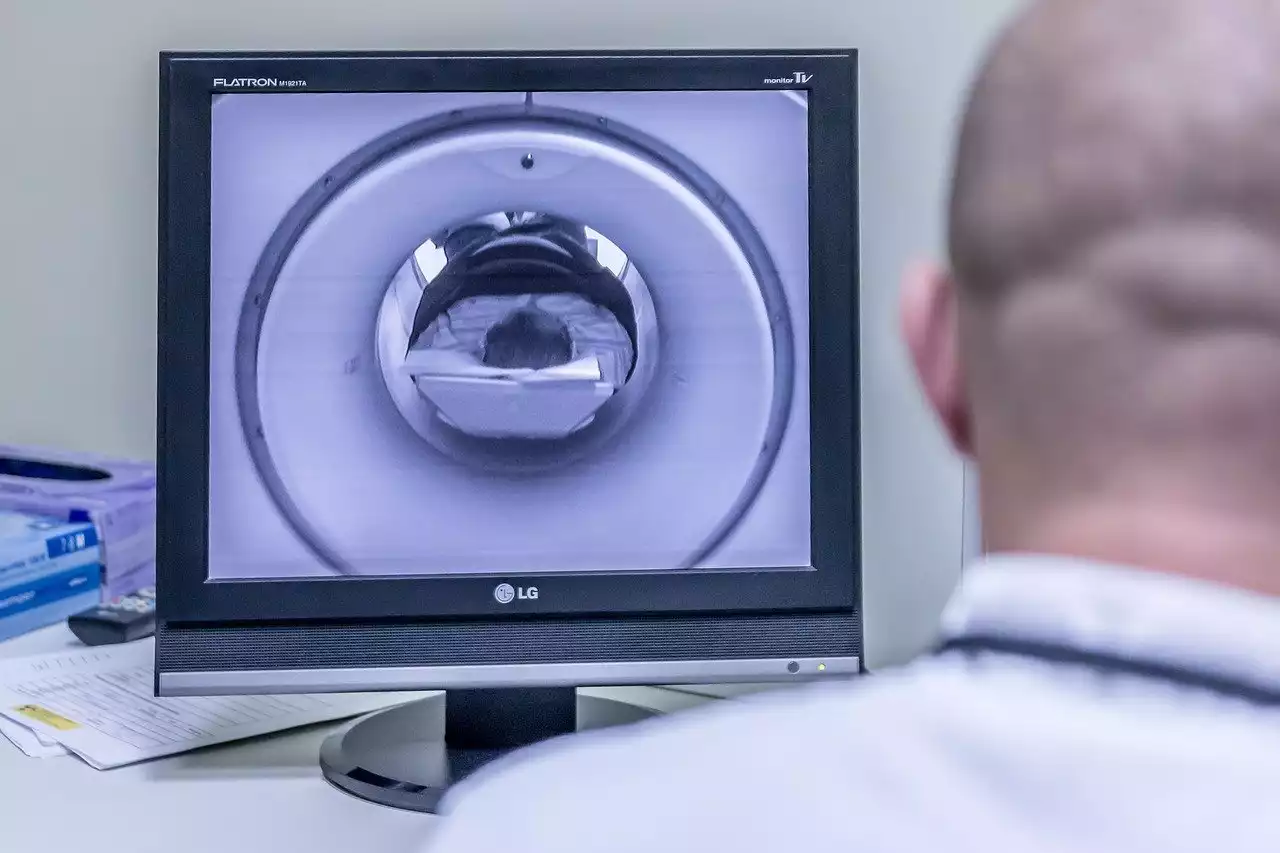Magnetic resonance imaging (MRI) is a medical imaging modality that provides high spatial resolution of anatomical structures. It is the best diagnostic imaging technique for detecting soft tissue structures and is used extensively in medicine. Though many different medical applications of MRI exist, the application in orthodontics has only recently gained traction.
The main objective of orthodontic treatment is to align teeth and teeth-related structures in the right position. The skeletal structure of the teeth and their supporting structures are distorted due to various forces such as jaw growth, tooth movement, dental treatment, and other adverse environmental factors.
With the advancement in digital imaging, the use of high-resolution imaging in orthodontics has become cost-effective and can provide high-resolution images of the treatment site. In addition, digital imaging also allows for real-time monitoring of the treatment progress, eliminating the need for repeated photography. Finally, advances in digital imaging technology have enabled the use of MRI to increase the spatial resolution of the images and make it accessible to a larger number of patients. This article discusses the history and development of MRI in orthodontics, as well as its applications in orthodontics.
What is Magnetic Resonance Imaging?
MRI is the acronym for magnetic resonance imaging. This imaging modality is based on the fact that the human body produces minute magnetic fields when it is exposed to a higher frequency electromagnetic field. MRI is used to obtain high-resolution images of tissues in the body, using a powerful magnetic field and radiofrequency radiation.
The main advantage of MRI over other imaging techniques is that it can image soft tissues with high resolution, such as the inside of organs, the bones, and the soft tissues of the joints. MRI has also been used to image the brain, which is difficult to image with other techniques.
The MRI machine consists of a strong magnet, a receiver coil, and a computer. The MRI machine receives radio frequency radiation from a transmit coil, which is wrapped around the body part to be imaged. The radiofrequency signals pass through the body part and are captured by the receiver coil. The captured radiofrequency signals then pass through the patient’s tissues, are demodulated and digitized, and are processed to yield a high-resolution image of the tissues.
Uses of MRI in Orthodontics
MRI can help orthodontists detect the presence of dental and skeletal malformations and determine the root cause of various dental problems. In addition, it can be used to detect the presence of cysts, tumors, infection, and abscesses. Orthodontists can determine the cause of crooked teeth, missing teeth, misaligned teeth, and other problems.
Malformations of the jaw, such as Pierre Robin syndrome, cleft lip and palate, and severe jaw anomalies can be diagnosed using MRI. Orthodontists can also detect the presence of dental hardware such as braces, retainers, and Invisalign.
MRI can also be used in conjunction with visual and dental radiographs to provide a more complete assessment of the oral structures. This helps orthodontists decide on the most appropriate treatment plan for patients.
Advantages of MRI in Orthodontics
MRI can provide high-resolution images of the treatment site and make it possible to identify the root cause of dental problems. This helps orthodontists to develop a personalized treatment plan for their patients.
MRI can also be used to detect any abnormalities in the jaw and jaws during orthognathic surgery. This can help orthodontists predict the outcomes of surgery and plan their treatment accordingly.
MRI is a painless and noninvasive imaging technique. This makes it an ideal candidate for patients who are apprehensive of the use of ionizing radiation.
Disadvantages of MRI in Orthodontics
MRI is an extremely expensive imaging modality, which is prohibitively expensive for most orthodontic practices. The major drawback of MRI is that it is not widely available in the developing world, where the majority of the patients are treated by orthodontists. Another drawback of MRI is that it requires highly advanced technology, which is often beyond the reach of small orthodontic practices.
MRI is not compatible with most dental materials due to the radiofrequency radiation produced by the machine.
MRI is a static imaging process and is not suitable for the longitudinal assessment of teeth and jaws.
Conclusion
MRI is a highly advanced imaging technique that can provide high-resolution images of the oral structures. It is one of the most expensive imaging modalities, and thus is not widely available. MRI is not compatible with most dental materials due to the radiofrequency radiation produced by the machine. Another drawback of MRI is that it is a static imaging process and is not suitable for the longitudinal assessment of teeth and jaws.
MRI is an advantageous imaging technique that can be used to diagnose, manage, and plan orthodontic treatment. It is one of the most advanced imaging modalities and is cost-effective, noninvasive, and painless. These features make MRI a reliable tool for the diagnosis, management, and planning of orthodontic treatment.


 Attachable Lenses for Mobile Phones
Attachable Lenses for Mobile Phones Samsung Phones and Android System
Samsung Phones and Android System Power Banks For Mobile Phones
Power Banks For Mobile Phones The History of the Iron Lung
The History of the Iron Lung The History of the Anesthesia Machine
The History of the Anesthesia Machine Robotics and Applications in Modern Surgery
Robotics and Applications in Modern Surgery How the Microscope Changed Medicine
How the Microscope Changed Medicine